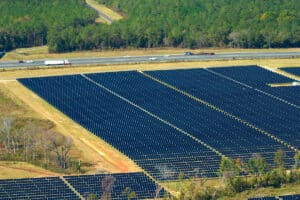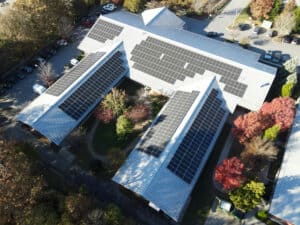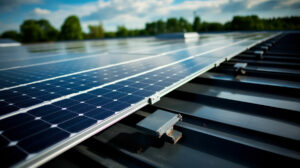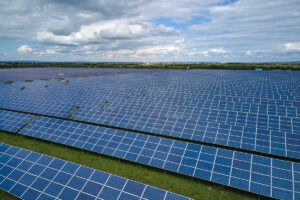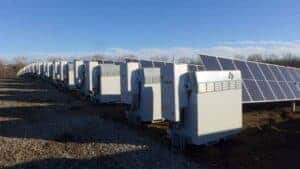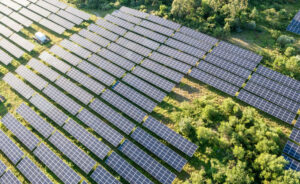Many business owners are surprised when they recognize that heating, ventilation, and air conditioning (HVAC) makes up about 40% of a building’s electricity usage. Many small businesses have dated HVAC equipment that operates significantly less efficiently. As a result, these companies are inadvertently increasing costs, wasting energy, and hurting their bottom line.
HVAC systems play a significant factor in the operating expenses of a business; therefore, it’s important to know the level of efficiency you can expect from your current HVAC system.
Why You Should Upgrade Your Company’s HVAC System
Newer, more energy efficient HVAC equipment:
- Reduces operating costs, quickly repaying the initial investment required
- Reduces maintenance expenses and downtime (due to new system warranties)
- Rebates and incentives help offset initial upgrade costs
- Newer equipment can reduce energy consumption up to 20-40%, leading to an overall energy bill savings of 15%
Huge Savings Potential
Most air conditioners and heat pumps installed before January 2006 cost up to 20% more to operate compared to today’s lowest efficiency models. Newer heating and conditioning equipment is much more efficient than older models. They require less maintenance and have higher energy efficiency ratings, which reduces energy waste and utility bills.
Newer systems are also more compatible with modern energy management programs that can boost your annual savings significantly. If your HVAC system is more than 10 years old, you could be spending significantly more on heating and cooling your building.
Know Your SEER Rating
The efficiency at which air conditioners produce cooling is known as STEER rating (Seasonal Energy Efficiency Ratio). It is a ratio of the amount of cooling produced divided by the amount of electricity used. The higher the ratio, the higher the efficiency.
The SEER rating is usually shown on a yellow and black EnergyGuide sticker on the outside unit of the air conditioner. Older systems typically have a SEER rating less than 10; newer, more efficient systems have ratings from 15 – 23. If you were to upgrade from SEER 8 to SEER 13 you can expect to reduce consumption by 35%. A small difference in rating can result in significant annual savings in your energy bill.
Improving Your SEER Rating
You don’t necessarily need the highest SEER rating to see the most savings; there are other factors that affect the efficiency of your system. Correct equipment size, proper installation, and even cycle timing also play a role in how efficient your system will be. Understanding STEER ratings and knowing those of your current HVAC system is typically a good place to start, but as mentioned, isn’t the only consideration. To get the best setup for your business, it’s usually a good idea to talk to an Energy Efficiency Specialist.
The Bottom Line
Compounding monthly bills resulting from an old HVAC system can cost you thousands annually. Allowing old systems to run, your company is inviting higher utility bills. Installing a new HVAC system, is a long-term investment in the company. Monetary and environmental benefits of updated HVAC systems mean your business will experience significant savings from this undertaking. Take action now. Stop ignoring the potential savings that you could experience from a newer, more efficient HVAC system.
Need Your System Evaluated?
Contact EnergyLink at (573) 777-4811 to schedule a free energy audit and our team will work with you to evaluate your HVAC system, as well as other utilities to come up with the right cost savings plan for you.

